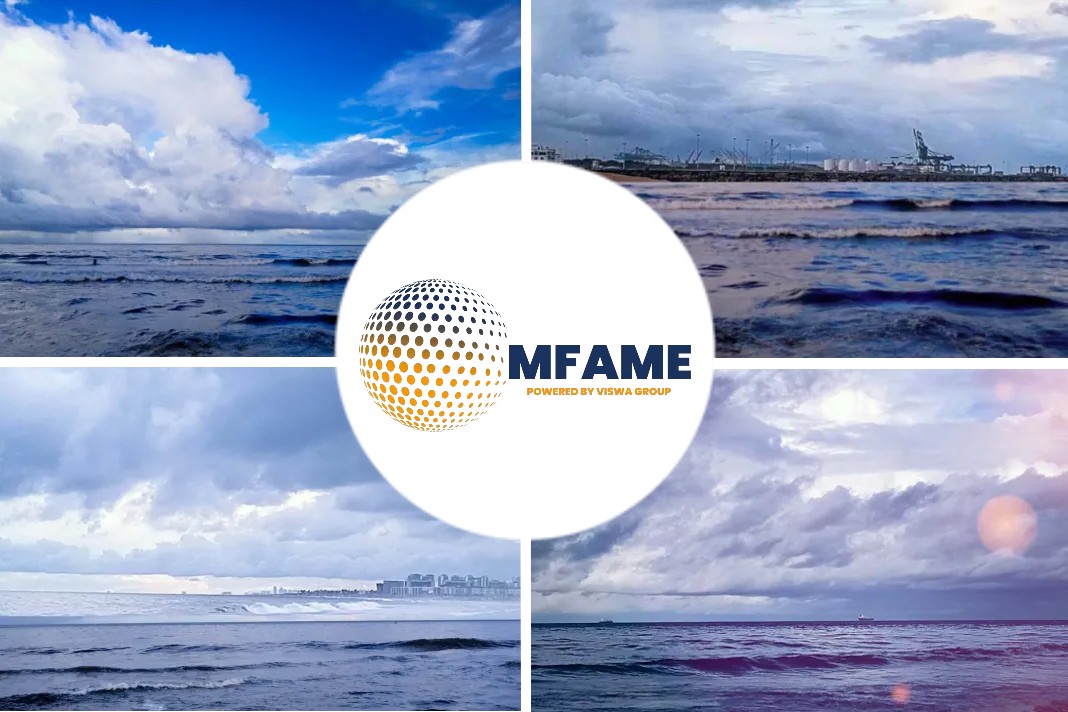- Petronet buys first spot LNG cargo priced off Platts WIM.
- This marks the first time an Indian LNG aggregator has concluded a spot cargo tender priced off WIM.
- Moreover, the company is expecting to finalize shortly a term-deal to buy around 1 million mt/year based on spot prices.
- Petronet expects India’s LNG imports to reach as high as 50 million mt by 2030, more than double its current value.
Petronet’s maiden LNG spot deal based on an Indian LNG spot price has taken the country a step closer to signing its first term deal based on spot markers, reflecting growing interest to move away from oil-linked deals and adopt market-based pricing, reports S&P Global Platts.
WIM adopted for a tender to buy an LNG spot cargo
With global LNG supplies rising, the deal is a reflection of the interest of Indian gas importers to ensure that the pricing of LNG cargoes witnesses a dynamic shift in order to ensure that Indian end-users can buy gas at a price that reflects market dynamics better, sources added.
Petronet adopted the Platts West India Marker (WIM) for a tender to buy an LNG spot cargo for November delivery.
The LNG cargo will be delivered to Petronet’s Dahej or Kochi terminal. This marks the first time an Indian LNG aggregator has concluded a spot cargo tender priced off WIM, S&P Global Platts said in a statement Sept. 29.
Purchase amount
While Petronet has not disclosed the exact price, industry sources said that the Nov. 17-22 DES Dahej/Kochi cargo was bought at either parity or at a small discount to the average of November WIM price.
WIM reflects the spot market value for physical cargoes delivered to India and the Middle East.
“Petronet, being a pioneer in the LNG business in India, has been innovative in LNG procurement and pricing strategy. Platts West India Marker is an LNG marker increasingly used to price gas supplies delivered to India,” said V. K. Mishra, finance director, and officiating managing director and CEO of Petronet, after the company confirmed the deal based on WIM.
“The decision by Petronet LNG to adopt the Platts West India Marker (WIM) for tenders to buy LNG spot cargoes reflects deepening interest from India to adopt market-based LNG pricing as the country’s gas demand continues to grow,” the Platts statement said.
A Term deal underway
Petronet officials have said that the company was expecting to finalize shortly a term-deal to buy around 1 million mt/year based on spot prices and it had already short-listed a few companies.
Meanwhile, those who relied on spot rates managed to ensure decent volumes at rock bottom LNG spot prices, below the range of $2/MMBtu.
This helped to displace some of the coal-based power at locations near LNG terminals.
WIM plunged to a record low of $1.763/MMBtu on April 23, amid the COVID-19 lockdown in the country causing wide-scale demand destruction.
While there have been past reports of WIM-linked bilateral trades, this was the first WIM-linked spot LNG tender to be awarded by a state-owned importer, according to industry sources.
Growing volumes
The cumulative average of WIM November delivery cargoes till Sept. 29 was $4.739/MMBtu, Platts data showed.
In comparison, the cumulative average for JKM November delivery cargoes was at $4.852/MMBtu on Sept. 29.
WIM was also used as a basis for ONGC’s tender issued in November 2019 for supplying 750,000 cu m/day of domestic gas from the offshore Krishna-Godavari basin on the eastern coast of India.
ONGC sold 100,000 cu m/day of gas from the KG Basin to HPCL at a premium of $1.01/MMBtu, and another 550,000 cu m/day to GAIL at a premium of around 57 cents/MMBtu to WIM average of three months preceding the delivery.
Recently, ONGC issued two five-year supply tenders from its coal bed methane block in Jharkhand, linking it to a hybrid pricing formula of WIM, Dated Brent, and Henry Hub prices, the company’s tender document showed.
Petronet expects India’s LNG imports to reach as high as 50 million mt by 2030, more than double the current 22 million-23 million mt.
S&P Global Platts Analytics projects India’s LNG imports will grow nearly 40% above 2020 by 2025, underpinned by the build-out of new infrastructure, including regasification capacity and downstream pipeline capacity.
Did you subscribe to our daily newsletter?
It’s Free! Click here to Subscribe!
Source: S&P Global Platts























